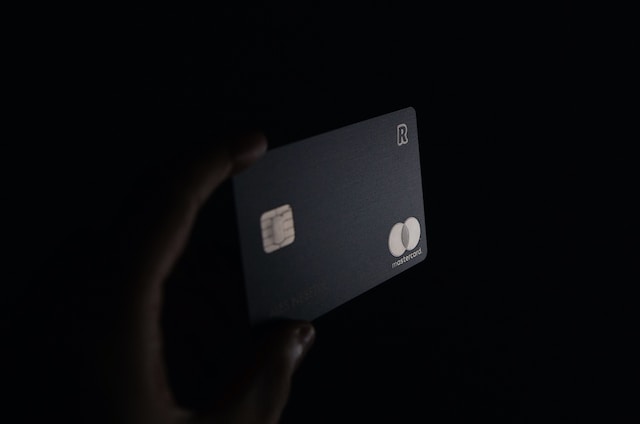The Evolution of Cross-Border Payments: Navigating the Global Financial Landscape

Cross-border payments have become a vital aspect of the global economy, facilitating international trade, investment, and financial transactions. As the world becomes increasingly interconnected, the demand for efficient and secure cross-border payment systems has grown exponentially. In this article, we will delve into the evolution of cross-border payments, exploring the challenges faced, innovations introduced, and the current state of affairs in the realm of international financial transactions.
Historical Perspective
Traditionally, cross-border payments were cumbersome and time-consuming processes, often relying on correspondent banking relationships and manual interventions. These systems were plagued by high fees, long settlement times, and a lack of transparency. As globalization accelerated, the need for a more streamlined and technologically advanced cross-border payment infrastructure became evident.
Challenges in Cross-Border Payments
Several challenges have historically impeded the efficiency of cross-border payments:
- Slow Settlement Times: Traditional cross-border payment systems could take several days to complete a transaction, leading to delays in international trade and financial activities.
- High Transaction Costs: Intermediaries and correspondent banks often levied hefty fees for processing cross-border transactions, impacting the overall cost-effectiveness for businesses and individuals.
- Lack of Transparency: The opaque nature of traditional cross-border payment systems made it difficult for users to track the status of their transactions, leading to uncertainty and potential disputes.
Innovations in Cross-Border Payments
The evolution of cross-border payments has been marked by significant technological innovations aimed at addressing the aforementioned challenges:
- Blockchain Technology: Distributed ledger technology, particularly blockchain, has emerged as a transformative force in cross-border payments. Blockchain enables real-time, transparent, and secure transactions by eliminating the need for multiple intermediaries.
- Digital Currencies: The rise of digital currencies, including central bank digital currencies (CBDCs) and cryptocurrencies, has provided alternative means for cross-border transactions. These digital assets offer faster settlement times and reduced reliance on traditional banking infrastructure.
- Fintech Disruptors: The emergence of fintech companies specializing in cross-border payments has introduced innovative solutions, leveraging cutting-edge technologies to provide faster, cheaper, and more transparent international transactions.
Current State of Cross-Border Payments
In recent years, the landscape of cross-border payments has undergone a profound transformation:
- Real-Time Settlement: With the adoption of blockchain and other technologies, real-time settlement of cross-border transactions has become a reality, enhancing the speed and efficiency of international fund transfers.
- Reduced Costs: Fintech disruptors and digital currencies have contributed to a significant reduction in transaction costs associated with cross-border payments, making it more accessible for businesses and individuals.
- Enhanced Security and Transparency: Blockchain technology ensures a secure and transparent ledger of transactions, reducing the risk of fraud and enhancing the overall transparency of cross-border payments.
Conclusion
The evolution of cross-border payments reflects the ongoing digital transformation of the global financial landscape. Innovations such as blockchain, digital currencies, and fintech solutions have revolutionized the way international transactions are conducted, overcoming historical challenges and paving the way for a more efficient and interconnected financial world. As technology continues to advance, the future of cross-border payments promises further improvements, with a focus on speed, cost-effectiveness, and enhanced user experience.




